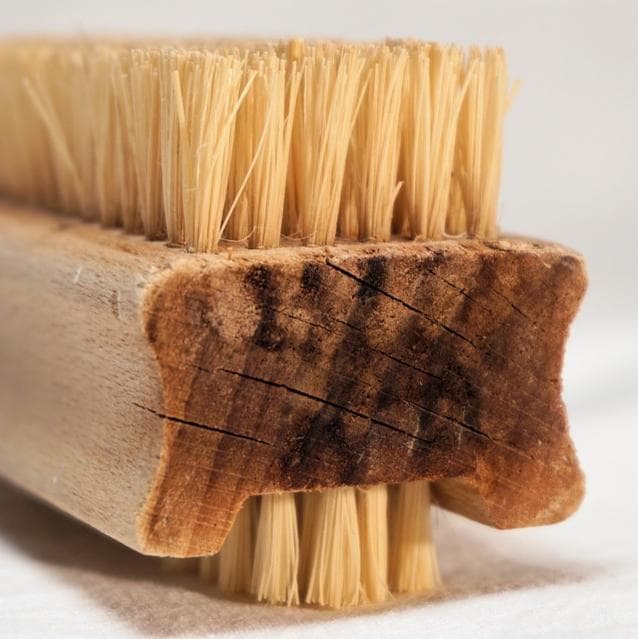SEO Checklist


Introduction
- SEO is not always simple and a DIY approach might not yields results quick enough.
- Everything related to SEO comes down to keywords and the most important tool in every Internet Marketer's toolbox is a good keyword tool.
- Keywords are the most important tool you have to attract the search engines to your site. Always make sure you have a different keyword in every blog post or article on your site.
- It's important to use the same keyword in the body of your article that you used in the title.
- Don't forget to use keywords in your categories, too. The more information about your site you get onto that page the easier it will be for the search engines to know what your site is about.
- Whether you have a blog or a static site, it's important to assign tags to each post or article to make it even easier for those spider to read you.
- The search engine spiders can only read coding and text, they can not read an image. So if you create an image to show your 100% money back guarantee then it's important that you set the alt tags of the image.
- Get rid of the junk in your sidebars to eliminate confusion.
- Create internal links on your posts to lead your visitors from post to post. For example, let's say yesterday you blogged about how to make the perfect pie crust. And today you're blogging about a new apple pie recipe you just found. When you mention the crust in this new recipe, create a link to yesterday's post about how to make the perfect pie crust.
- The search engines also like to see you have links going to other blogs and websites. This shows them that you're willing to do whatever it takes to make sure the searcher finds all the information they need.
- Make sure your navigation and all of your links are clearly marked and easy to read. And make sure they all work.
- As we've already seen, keywords are very important if you want maximum exposure from the search engines. When choosing the name for your blog or website, it doesn't always have to be the same thing as your domain name. But it should have your key word in it.
- Most blogs or websites have a space for you to insert a small tagline, either in the coding or in the theme. This tagline is a brief description of the purpose of your site and should also include keywords.
- If you're blogging then chances are there is somewhere on your theme where you can enter your meta tags. If you're using an html site then your meta tags go at the top of the page. This is a list a keywords that are relevant to your site and it's just one more thing that the spiders look for.
- The next time you visit any blog or website look up in the address bar. Most will show something that looks like this: http://www.MyDomainName.com/thank-you-for-visiting/052010↗. That means that the site owner has set his permalinks to show the html version of his page title and it's very easy for the search engines to scan and read. However, sometimes you see an address that looks like this: http://www.MyDomainName.com/2;3hj[0s9utlqkn34[dfid[su09et↗. The search engines can not read that and they have no idea what that post or article is about.
- Pinging is a term that describes a method used to let the search engines all know that you've added new information to your blog or website. Some blogging themes are set up to do this automatically and some have to be handled manually.
- Whatever type of site you have, whether it's a blog or a static site, you should always install a site map. Again, this helps the spiders find all the little nooks and crannies of your site and ensures that they don't miss a single scrap of all of your important information.
- Most of the search engines will allow you to register your site. Make sure you use as many of your important keywords as possible in the description so they'll know what your site is all about.
- Any time you join a social network or a social bookmarking club or a forum or a chat room, anytime you join anything, make sure you provide a link to your site and use as many of your keywords as you can in the description area.
- Backlinking is when you leave a link that leads to your site on another site either in the comments section or as a forum reply or as a bookmark, etc. When you comment or reply or bookmark, you're usually given the opportunity to use anchor text to establish a link to your site. The more backlinks you have coming in the more impressed the search engines are.
- Article marketing is another way of optimizing your site for the search engines because each one of the articles you submit contains 2 links back to your site. As all of these different backlinks start adding up your site starts looking better and better to the search engines. However, it's important to remember to use your keywords in your articles, too.
Details
Search Engine Optimization (SEO) is one of the first things to learn when you get started in Internet Marketing. Even if you've been around the block a few times and think you already know everything there is to know about SEO, technology changes so fast in this business that it's difficult for even experienced marketers to keep up sometimes. And it's not like there are only one or two steps to the process, either. There have been entire books written about SEO and it seems like every marketer has his or her own secret little twist or method that they use. But before we get into the SEO Checklist of steps, let's explain a little about what SEO does for your site. When you optimize your site for the search engines you're making it easier for them to pick your site out of the crowd.
SEO Checklist Tips
Take this as an example: when a user goes to the search box and types in the words “Apple Pie” then Google, Yahoo, MSN, or whatever search engine the person is using, is going to give them a list of every page on the Internet that uses the words “Apple Pie”. This list will be ranked according to the authority of those sites with the most popular sites being at the top of the page. So the search engine is like a go-between between the searcher and your site. If your site has something to do with Apple Pie and you want to have it included in that list that the searcher gets back, then you have to use a few different SEO techniques to make sure the search engines know that you have a site about Apple Pie so they'll include you in those results. Otherwise, you could have the best site on the Internet, with the tastiest Apple Pie recipe, and no one will ever know about it. So when you use SEO techniques to optimize your site you're making it easier for searchers to find you by telling the search engines what your site is all about.







